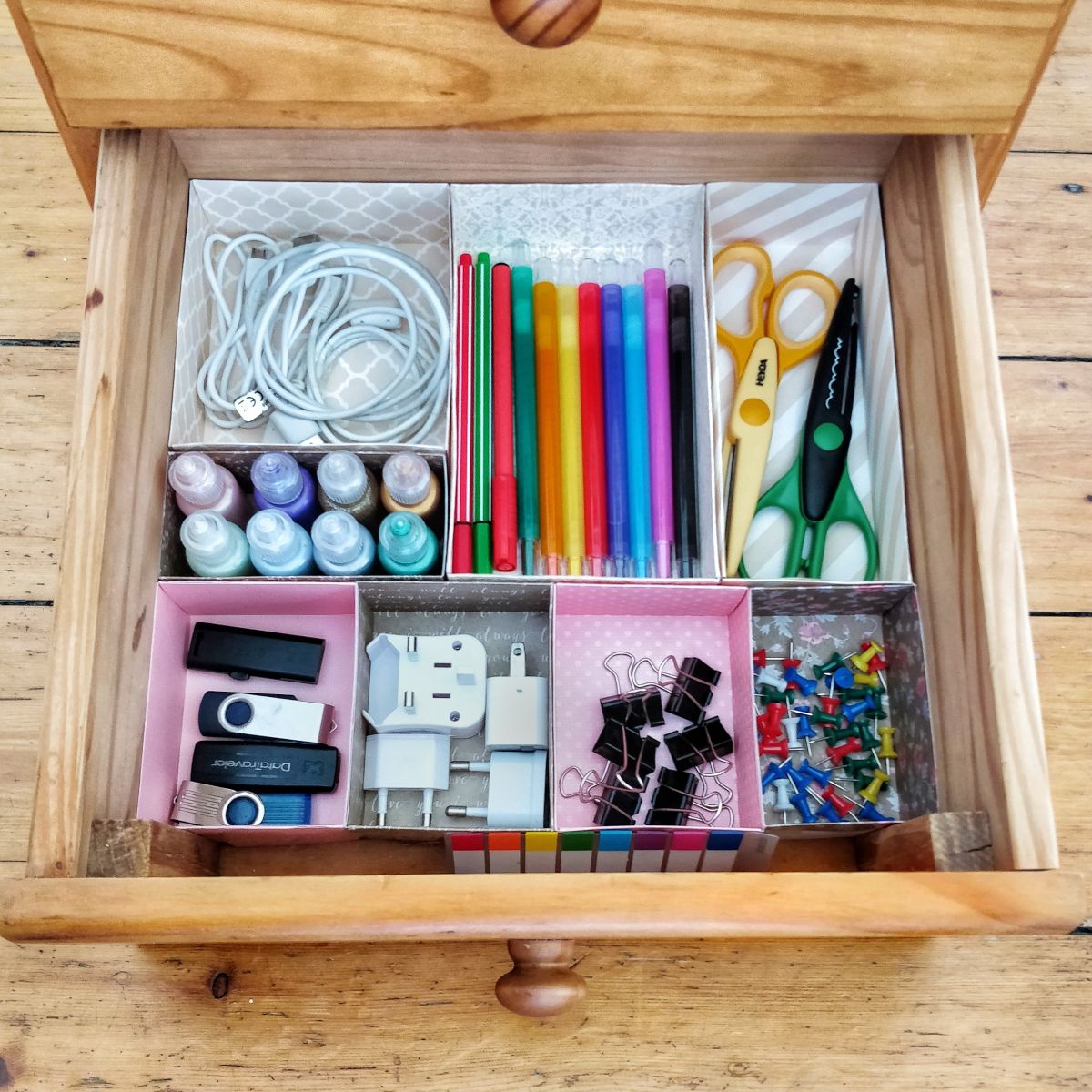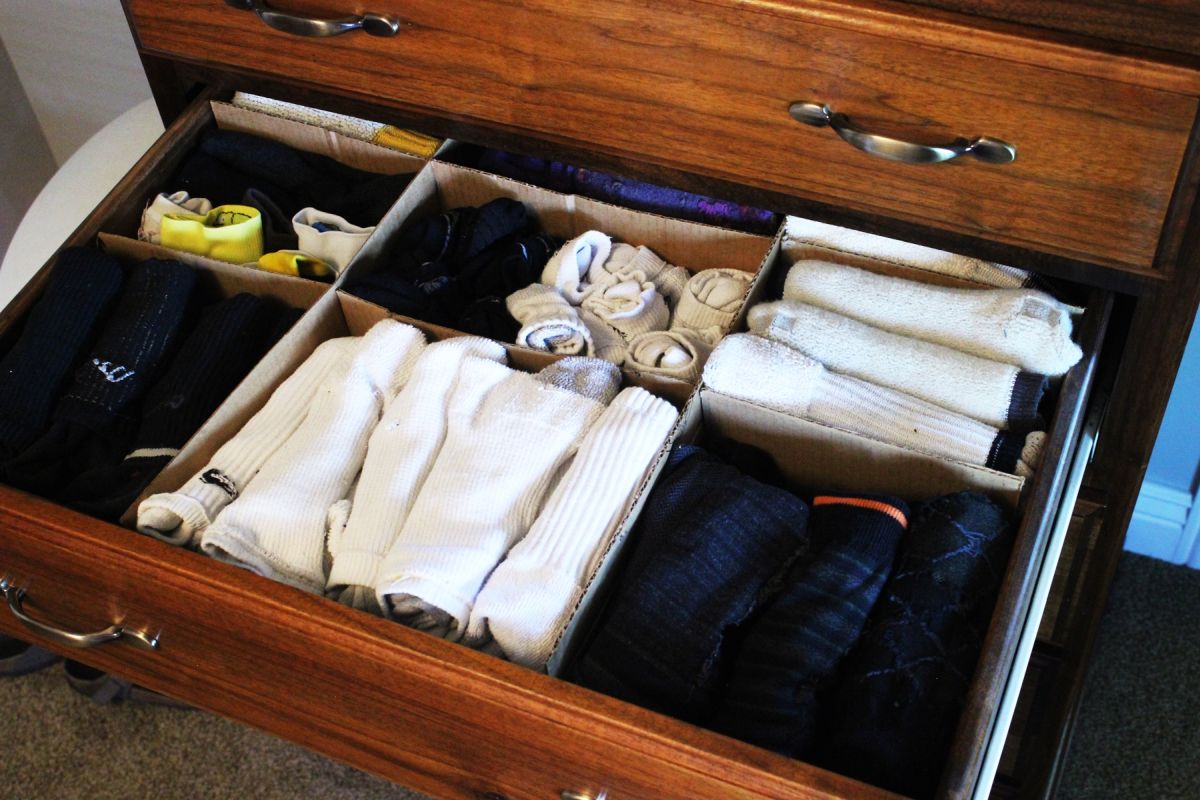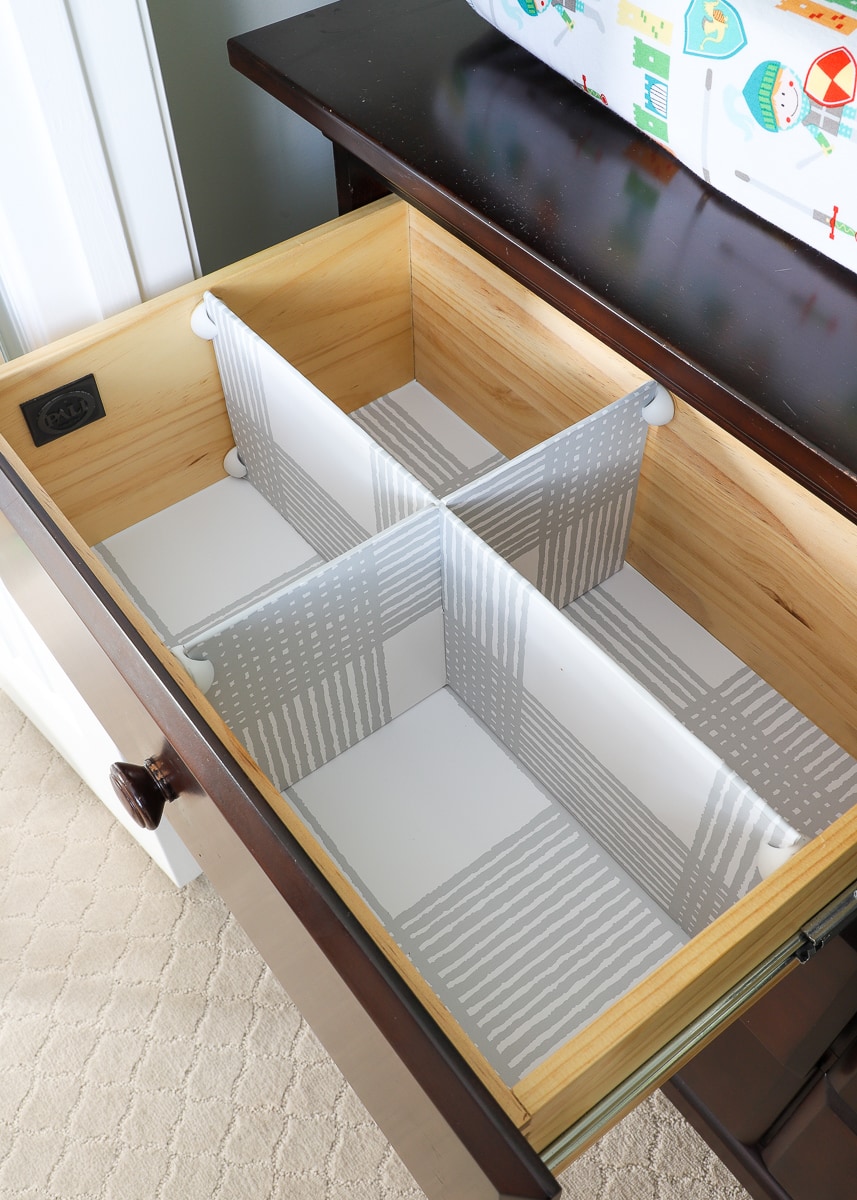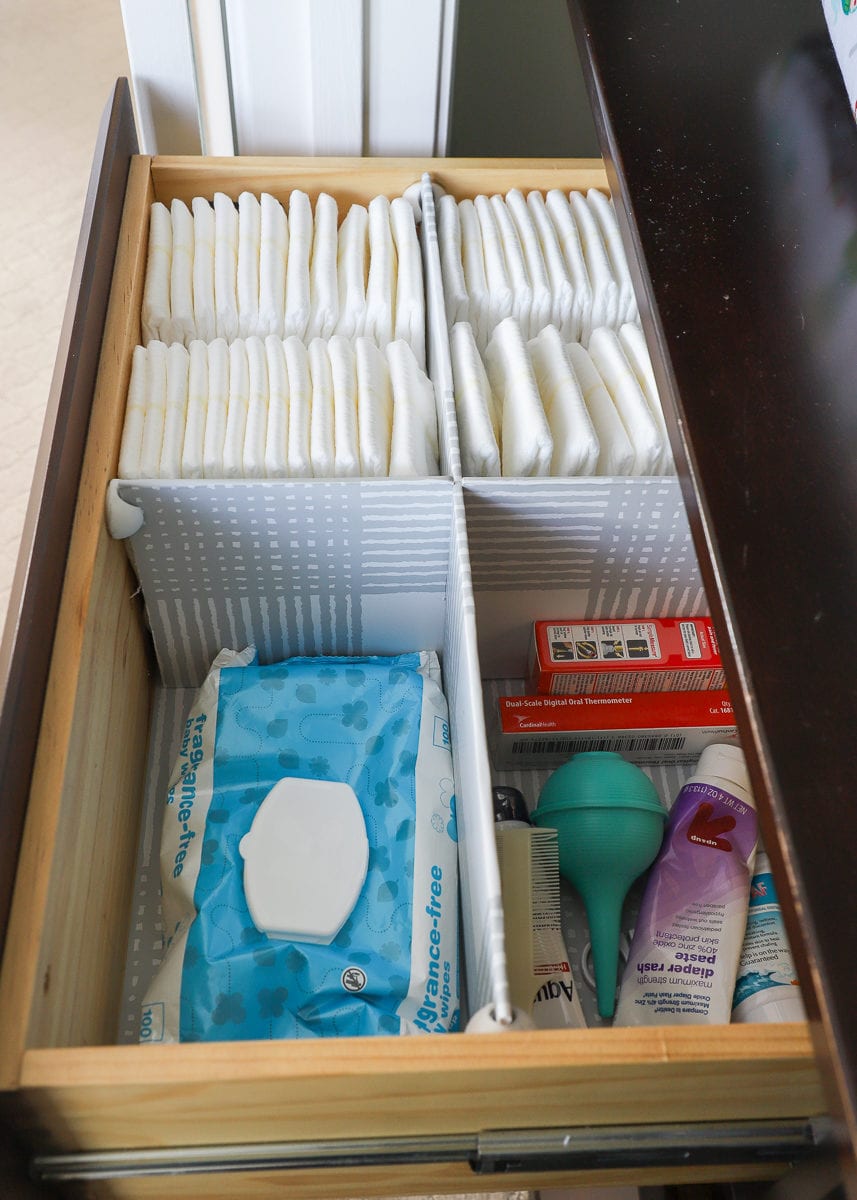Introduction: The Quest for Tidiness
In the quest for a clutter-free home, drawers often become the last frontier of chaos. From tangled utensils in the kitchen to a jumbled mess of stationery in the office, disorganized drawers can be a source of daily frustration. The good news is that with a little creativity and some DIY magic, transforming these chaotic spaces into well-ordered havens is not only possible but also incredibly satisfying. This comprehensive guide on DIY drawer organizers will equip you with the knowledge and inspiration needed to conquer the chaos, one drawer at a time.

Understanding the Benefits: Why DIY Drawer Organizers Matter
Opting for DIY drawer organizers over store-bought solutions offers several advantages. Firstly, customization is key. Every drawer’s dimensions and storage needs are unique; by creating your own organizers, you ensure a perfect fit. Secondly, DIY projects allow for personalization, letting you incorporate materials and designs that complement your existing decor. Lastly, cost-effectiveness cannot be overlooked. Using recycled or inexpensive materials not only saves money but also promotes sustainability, turning organization into an eco-friendly endeavor.
Materials Galore: Exploring Your Options
Before diving into your DIY project, gather your materials. Cardboard, foam board, and old shoeboxes are excellent choices for budget-friendly options. For sturdier solutions, consider plywood, MDF, or even repurposed wooden crates. Fabric lovers can utilize felt or canvas to create soft, flexible dividers. Don’t forget adhesive velcro strips or glue to keep everything in place. The key is to choose materials that suit your drawer’s purpose and your aesthetic preferences.

Design & Planning: Measuring Twice, Cutting Once
The first step in crafting your drawer organizers is accurate measurement. Use a tape measure to determine the interior dimensions of your drawer, noting any obstructions like drawer sliders. Sketch out a plan on paper, considering the items you want to store and their sizes. Will you need compartments for small items? Long slots for utensils? Consider versatility; adjustable dividers can cater to changing storage needs. With your design finalized, transfer measurements onto your chosen material, and cut carefully, ensuring precision for a snug fit.
Crafting Techniques: From Simple to Sophisticated
For basic organizers, simply cutting and placing cardboard or foam board dividers can work wonders. However, don’t shy away from more advanced techniques. Woodworking enthusiasts can employ saws and sandpaper to craft intricate designs. Fabric dividers can be sewn or glued together, adding a touch of softness to hard storage spaces. To elevate the look, consider adding a lick of paint, varnish, or patterned contact paper for a professional finish. Remember, the goal is functionality married with style.

Innovative Solutions for Specific Drawers
Kitchen Utensils: In the kitchen, tiered organizers made from thin wood planks can separate spatulas from spoons while maximizing vertical space. Consider adding a pull-out section for larger items like cutting boards.
Jewelry Storage: Convert shallow drawers into a jewelry haven by using velvet-lined compartments for delicate pieces. Add hooks to the sides for necklaces and bracelets, preventing tangles.
Office Supplies: Transform office drawers into productivity powerhouses with segmented compartments tailored to pens, paperclips, and Post-its. Consider a sliding tray for easy access to less frequently used items.
Clothing & Accessories: In dresser drawers, fabric or cardboard dividers can keep socks and underwear neatly separated. For scarves and belts, install dowel rods along the drawer’s length for hanging storage.
Maintenance & Upkeep: Ensuring Longevity
To keep your DIY drawer organizers functioning optimally, regular maintenance is crucial. Clean them periodically with a damp cloth to remove dust and spills. For fabric dividers, gentle washing may be necessary. Over time, as your storage needs evolve, don’t hesitate to adjust or replace dividers to maintain optimal organization. Remember, flexibility is the hallmark of a well-designed system.

Adapting to Changing Needs: Future-Proofing Your Design
As lifestyles change and new belongings are acquired, it’s essential to have a system that can adapt. When designing your drawer organizers, factor in potential future adjustments. For instance, incorporating modular components or using adjustable fasteners like Velcro strips allows for easy reconfiguration without damaging the drawer or the dividers themselves.
Upcycling & Sustainable Practices: Crafting with a Conscience
Incorporate sustainability into your DIY project by upcycling materials. Old shoeboxes, wine crates, or even repurposed glass jars can be transformed into stylish and functional drawer organizers. Not only does this reduce waste, but it also adds a unique, personalized touch to your storage solutions. For a cohesive look, consider painting or staining these items to match your existing decor.
Smart Drawer Organizing: Integrating Technology
In today’s tech-driven world, consider integrating smart elements into your drawer organization systems. LED lighting strips can be installed under drawer lips for better visibility. There are also smartphone apps available that help manage inventory and remind you when supplies are running low, especially useful for office or pantry drawers.

Educational & Family-Friendly Approaches
Get the whole family involved in organizing by making it an educational and creative activity. Children can learn about measuring, basic woodworking, or sewing while personalizing their own drawer organizers. This fosters a sense of responsibility for their belongings and encourages good organizational habits from a young age.
Sharing & Inspiration: Showcasing Your Creations
Document your DIY journey and share your creations on social media or home improvement forums. This not only inspires others but also opens up opportunities for feedback and new ideas. You might discover innovative approaches or alternative materials you hadn’t considered before. The online community can be a valuable resource for troubleshooting, advice, and celebrating your successful projects.
Conclusion: Crafting Order Out of Chaos
DIY drawer organizers represent more than just a practical solution to clutter; they embody a creative process that transforms mundane storage spaces into reflections of personal style and order. By harnessing readily available materials and a dash of ingenuity, you can turn the chaos within your drawers into a showcase of organized serenity. Embrace the journey of customization, and watch as each transformed drawer contributes to a home where every item has its place, and clutter becomes a distant memory. Start today, and let the transformation begin.










